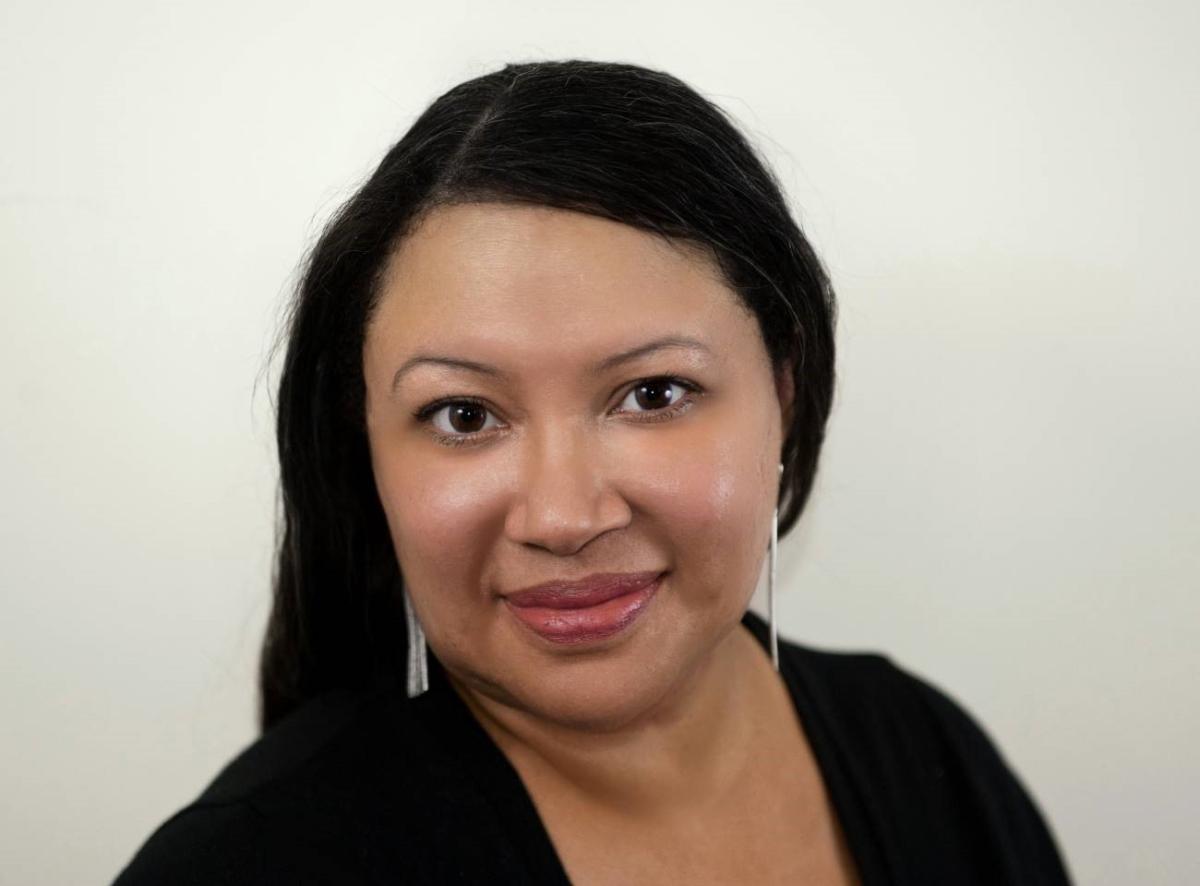We were fortunate enough to snag an interview with Rebecca Roanhorse, author of the smash-hit debut Trail of Lightning. The book follows Maggie Hoskie in Dinétah, the post-global-warming former Navajo reservation, as she fights monsters arisen from myth. This is an #ownvoices title that emphasizes Diné heritage and culture, and a rollicking good read.
Geekly, Inc.: How do you envision Indigenous Futurism taking shape as a genre or sub-genre? What do you want to see?
Rebecca Roanhorse: There are over 500 different federally-recognized Native Nations in US alone. Add First Nations in Canada and the international community of Indigenous people and there are a million different ways to imagine an Indigenous future. I think each author and creative will bring their own POV to the endeavor, but what we all share in common is an understanding of colonial history and its continued impact on our lives. Some of us desire to talk back to that directly, others want to imagine a sovereign future. It all has the potential to change the future of SFF, and beyond.

GI: Colonialism haunts this narrative. How do you see Trail of Lightning fighting colonialism, both external and internalized?
RR: Trail of Lightning fights back against colonialism in its Native representation of place, character, and time. The story takes place wholly on Navajo land, populated by fully realized Navajo characters (with the exception of one family) that are living within their own cultural milieu, and it takes place in the future. Readers would be hard-pressed to find another SFF story that does any of the above, never mind all three. It shows that we can write SFF stories that pull from own cultural stories and center our lives and our places and still be fun and exciting for everyone.
GI: From the first pages, Maggie is set apart from others, alienated from her community. Dinétah is also behind a wall, and you allude to the American border Wall. Writing is also a very solitary endeavor. What value and dangers do you see in these nested isolations?
RR: For Natives, community is everything. To be isolated from or rejected by your community is to lose your identity and your way, and that’s exactly what happens to Maggie. Her journey will be trying to find her way back, although she won’t always be successful and things won’t work out the way she expects them to. Yes, there are great emotional penalties for being an outsider, but there are also advantages. Dinétah behind the Wall is an advantage, but one that comes with a price – monsters. Writing can be isolating, too, but hopefully the only monsters I’m fighting are in my imagination.
GI: You’ve said you love Mad Max: Fury Road. How did the movie, and especially the angry women within it, impact the writing of Trail of Lightning?
RR: Mad Max: Fury Road is a pretty perfect movie to me. I remember sitting alone in the theater opening day and feeling like I was holding my breath until the end of the sandstorm scene, and then looking around and wanting to shout, “What did I just watch!?!” to someone. As soon as it was over, I immediately bought another ticket and watched it again. It’s funny, because I don’t think of the women in that movie as angry, and I honestly didn’t think of Maggie as angry until multiple men pointed it out to me. I mean, if that’s angry, and it probably is, then that’s my natural state, too. I’m not sure I know any other way to exist in our world right now.
GI: What can you tell us about the next installment, Storm of Locusts, and Maggie’s next battles?
RR: I call Storm of Locusts my girl-gang road trip down a post-apocalyptic Route 66. In Storm, Maggie and her group of tenuous allies will leave Dinétah and the safety of the Wall on a mission that is part rescue and part monster hunt. Readers will get to see some of what happened to the rest of the world in the wake of the Big Water, and Maggie will encounter horrors familiar and unfamiliar, including body harvesters, newborn casino gods, and charismatic prophets with a penchant for flesh-eating locusts. It should be a lot of fun!
GI: And bonus question: how do you think Indigenous Futurism and the currently exploding Afrofuturism can or do inform one another?
RR: Well, I am Black and Indigenous, and I claim both as my heritage, in real life and in SFF. Grace Dillon, who coined the term Indigenous Futurisms, credits Afrofuturism with the inspiration and the two are intertwined in my mind. I am particularly intrigued by diaspora/outsider voices in both sub-genres and can’t wait to see what stories these voices have to share.
